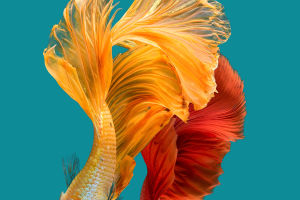The sika deer(scientific name: Cervus Nippon) is a small to medium-sized deer with chestnut red fur with many white spots resembling plum blossoms in summer, and smoky brown fur with unremarkable white spots in winter.
The male sika deer has a pair of solid horns on his head, with four forks on the horns.
Sika deer live in forest edges and mountain grassland areas.
In the UK, the habitat of the sika deer has a wide range, including broadleaf forests, bogs, salt marshes, and islands.
The deer are active in the morning and evening, and their living area changes with the seasons.
In spring, they are mostly found on semi-shady slopes, feeding on young branches and leaves of trees and shrubs such as oak, chestnut, huckleberry, wild hawthorn, ground elm, and other herbaceous plants that have just sprouted.
In summer and autumn, they move to the forest edge of shady slopes, mainly feeding on vines and herbs, such as kudzu, heshouwu, mingdang ginseng, strawberries, and so on.
In winter, it likes to feed on mature fruits, seeds, and various mosses and lichens on warm sunny slopes, or crops such as rape and wheat at the bottom of the mountain, and often lick the salt and alkali on saline lands.
During the day, they choose to roost on sunny slopes with deep thatch and similar body color, and at night they roost in the middle or upper part of the slopes.
Sika deer is alert, and agile, hearing, and smell are very well developed, and vision is slightly weak, timid, and easily frightened.
Because of the long and slender limbs, and narrow and pointed hooves, it runs quickly and has strong jumping ability, especially good at climbing steep slopes, continuous large spans of jumping, and light and agile speed.
The adult males tend to live alone and migrate short distances in summer and winter, and have a certain sense of territory, especially during the breeding season.
When disputes occur, antlers and hooves are often used as the main weapons.
Adult sika deer breed once a year, with males mating with multiple females from September to October each year.
Females gestate for about 30 weeks and breed from May to June of the following year, with one fawn per litter.
The number of sika deer in Japan is large and still increasing, while the population of deer distributed in eastern Asia remains stable.


